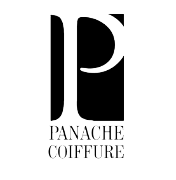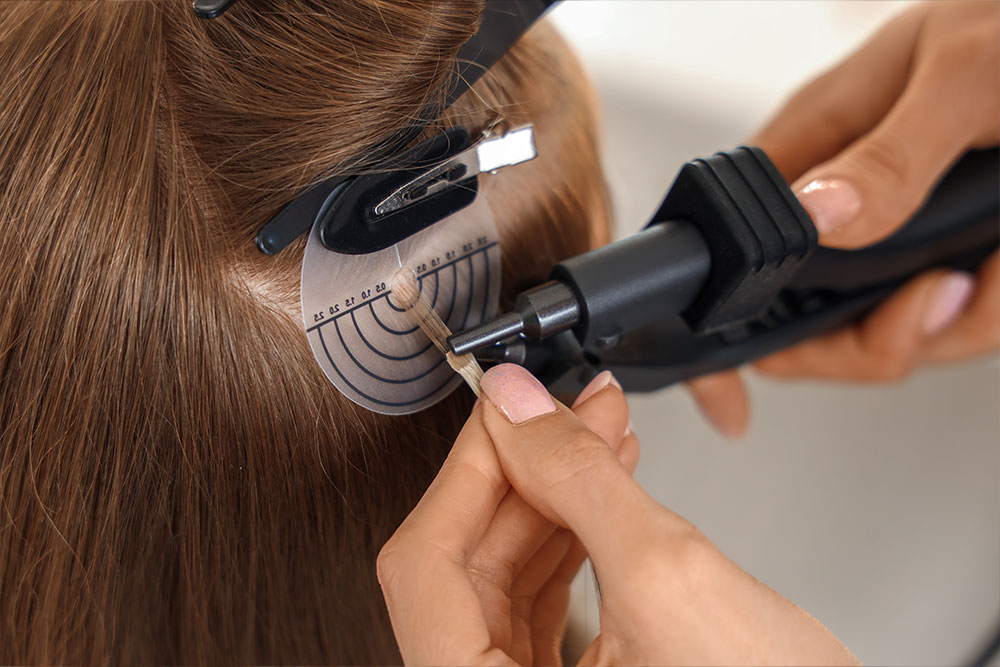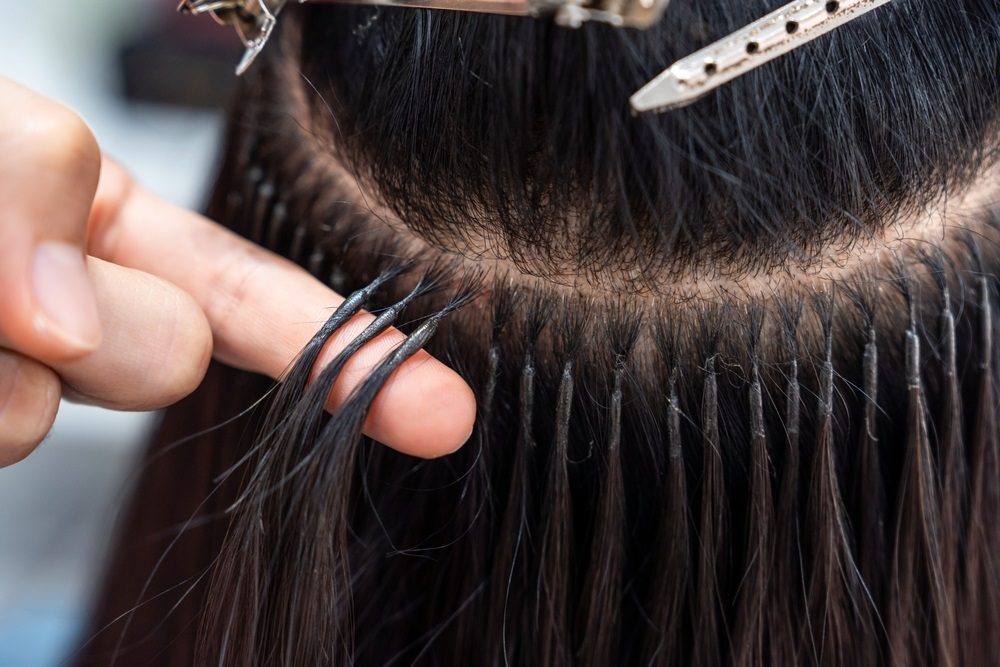
K Tip Extensions | Pros and Cons for Your Hair
The world of hair extensions offers an array of choices, each promising to enhance your look in various ways. Among the most popular options is the K Tip extension method, known for its ability to create a seamless, natural appearance that many desire. But before making a commitment, it’s essential to weigh the pros and cons of K Tip extensions to ensure they are the right fit for your hair type and lifestyle and that’s what we’ll explore in this blog post by Panache CK.
What Are K Tip Extensions?
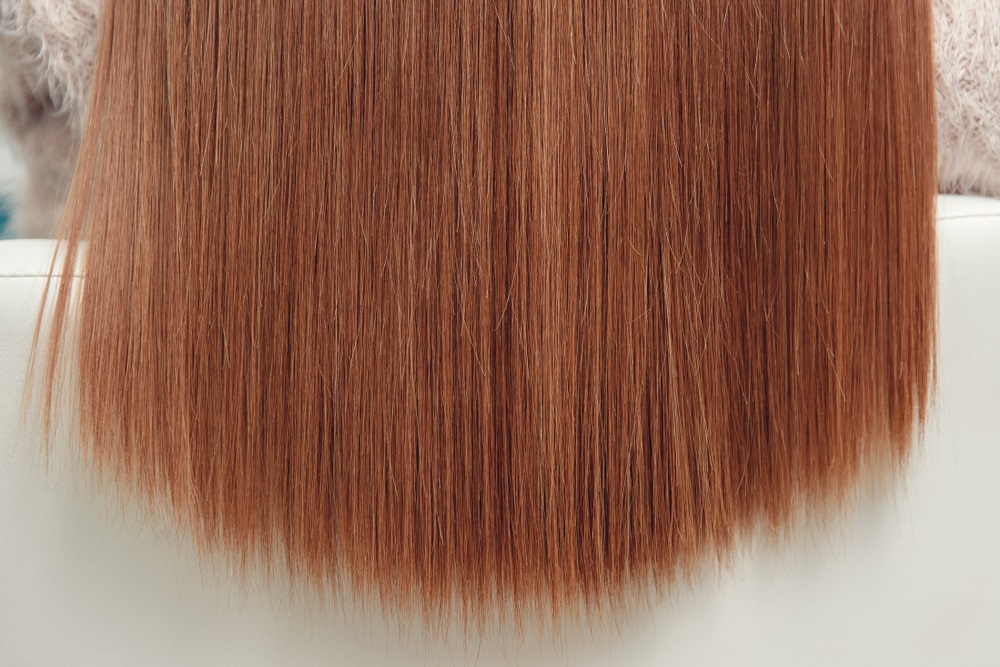
K Tip extensions, also known as Keratin Tip extensions, are individual strands of hair bonded to your natural hair using a keratin-based adhesive. This method has gained popularity due to its long-lasting results and the natural movement it offers, closely mimicking the look and feel of natural hair. The extensions are attached near the root, providing a discreet and flawless blend that is hard to detect.
The process of applying K Tip extensions involves using a specialized tool that heats the keratin bond, fusing the extension with your natural hair. The keratin bond is a key feature, as keratin is a natural protein found in hair, making this method more hair-friendly than some other types of extensions. The individual strands allow for greater flexibility in styling, as the extensions can be applied in a way that complements your natural hair’s growth pattern.
Overview of Hair Extension Methods
Before diving deeper into the specific benefits and drawbacks of K Tip extensions, it’s helpful to understand how they compare to other popular methods. Hair extensions come in various forms, including tape-ins, clip-ins, sew-ins, and fusion extensions. Each method has its unique advantages and disadvantages, which can influence your choice depending on your hair type, lifestyle, and desired outcome. K Tip extensions stand out for their durability and the natural look they provide, but as with any beauty treatment, they come with considerations that must be carefully weighed.
Benefits of K Tip Extensions

For those looking to enhance their hair with volume, length, or both, K Tip extensions offer several compelling benefits. These advantages make them a preferred choice among individuals seeking a long-term hair enhancement solution.
Seamless Natural Look
One of the standout features of K Tip extensions is their ability to blend seamlessly with your natural hair. Because the extensions are applied strand by strand, they move and flow naturally with your hair, making them virtually undetectable. This is particularly beneficial for those with fine or thin hair, where other types of extensions might be more visible.
Long-Lasting Results
K Tip extensions are known for their longevity. When applied correctly and cared for properly, they can last several months, making them an excellent option for those looking for a long-term solution. This durability is a significant advantage over other methods, such as clip-ins or tape-ins, which require more frequent maintenance and replacement.
Versatile Styling Options
With K Tip extensions, you have the freedom to style your hair in virtually any way you choose. Whether you prefer to wear your hair up, down, straight, or curly, K Tip extensions can accommodate your styling needs without revealing the bonds. This versatility is a key reason why many individuals opt for K Tip extensions, as they don’t have to compromise on their preferred hairstyles.
Durability of K Tip Extensions
The durability of K Tip extensions extends beyond just their longevity. These extensions are resilient and can withstand various styling tools and techniques, including curling irons, flat irons, and blow dryers. The keratin bonds are designed to hold up well under normal styling conditions, making K Tip extensions a practical choice for those who frequently style their hair.
Low Maintenance Requirements
While all hair extensions require some level of maintenance, K Tip extensions are relatively low-maintenance compared to other types. Once applied, they require little upkeep beyond regular washing and conditioning. The extensions do not need to be removed and reapplied regularly, which can save time and effort. Additionally, because the extensions are individually bonded, they are less prone to tangling and matting, reducing the need for constant detangling and maintenance.
Drawbacks of K Tip Extensions
As with any hair enhancement method, K Tip extensions are not without their drawbacks. It’s important to consider these potential downsides before deciding if they are the right choice for you.
Time-Consuming Application Process
The application of K Tip extensions is a meticulous process that can take several hours to complete. The extensions must be applied strand by strand, which requires a skilled technician and a significant time commitment. For those with busy schedules, this extended application time can be a drawback.
Potential Damage to Natural Hair
While K Tip extensions are generally safe when applied correctly, there is always a risk of damage to your natural hair. The heat used to fuse the keratin bonds can weaken your natural hair, especially if the extensions are not applied or removed properly. Additionally, the weight of the extensions can put stress on your natural hair, potentially leading to breakage or thinning over time.
Higher Cost Compared to Other Extensions
K Tip extensions are typically more expensive than other types of extensions, both in terms of the initial application and the maintenance costs. The need for a skilled technician to apply the extensions and the high-quality materials used contribute to the higher price point. For those on a budget, the cost of K Tip extensions may be a significant consideration.
Limited Reusability
Unlike some other types of extensions, K Tip extensions are not easily reusable. Once the keratin bonds have been removed, the extensions generally cannot be reattached, meaning that new extensions will need to be purchased if you wish to continue using this method. This lack of reusability can add to the overall cost and environmental impact of K Tip extensions.
Understanding the Application Process
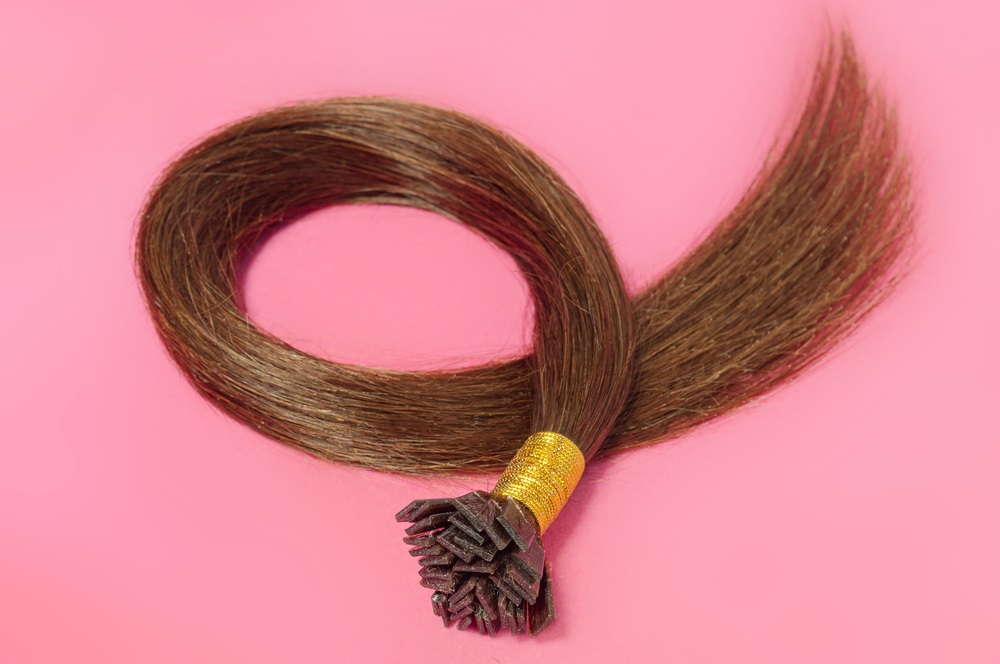
The application of K Tip extensions is a detailed process that requires the expertise of a trained professional. Understanding the steps involved can help you prepare for the procedure and ensure that you get the best possible results.
Professional Installation
K Tip extensions should always be applied by a licensed professional who has experience with this specific method. The precision required in attaching each strand of hair means that it’s not a process that should be attempted at home or by an inexperienced stylist. Professional installation ensures that the extensions are applied correctly, reducing the risk of damage to your natural hair and increasing the longevity of the extensions.
Step-by-Step Application
The application process begins with the stylist sectioning off your natural hair and selecting small strands where the extensions will be attached. The keratin bond is then heated and fused to your natural hair close to the root. This process is repeated until all of the extensions have been applied. The stylist will then trim and style your hair to ensure that the extensions blend seamlessly with your natural hair.
Necessary Aftercare Tips
After the extensions have been applied, it’s crucial to follow the aftercare instructions provided by your stylist. This typically includes avoiding washing your hair for the first 48 hours to allow the bonds to fully set. You should also avoid using heavy oils or conditioners near the roots, as these can weaken the bonds and cause the extensions to slip. Regular brushing with a soft-bristle brush is recommended to prevent tangling and matting, and you should schedule regular maintenance appointments with your stylist to check the integrity of the bonds.
Comparing K Tip Extensions to Other Methods
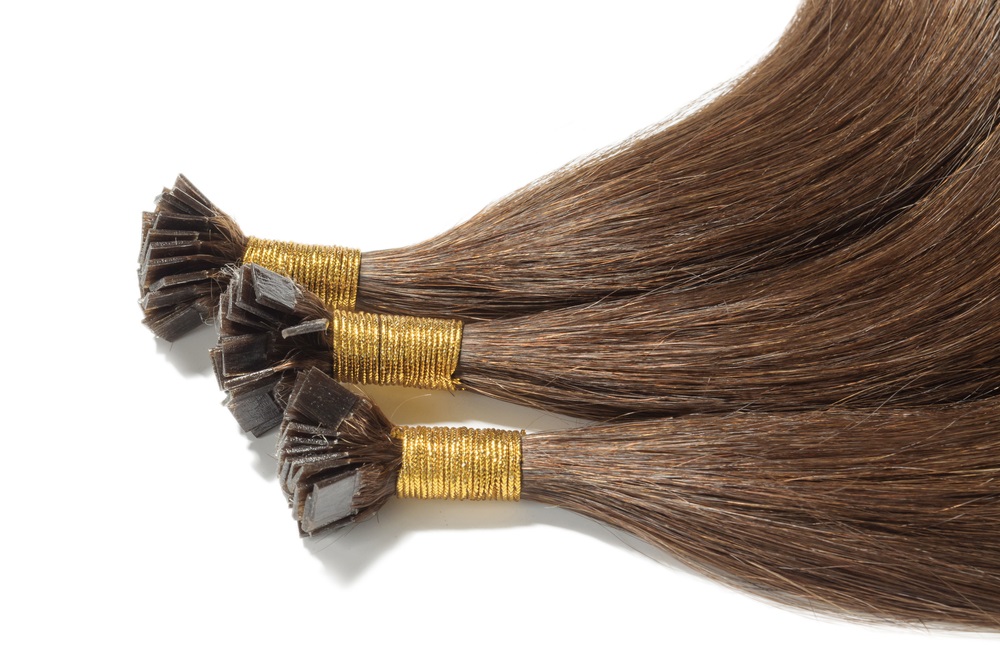
When considering hair extensions, it’s helpful to compare the different methods available to determine which one best meets your needs. K Tip extensions offer unique advantages, but they also have some distinct differences compared to other popular methods.
K Tip vs. Tape-In Extensions
Tape-in extensions are a popular alternative to K Tip extensions. They involve applying wefts of hair with a special tape adhesive. While tape-ins are quicker to apply and generally less expensive, they may not offer the same level of natural movement and versatility as K Tip extensions. Additionally, tape-ins require more frequent maintenance, as the adhesive can lose its grip over time, especially with frequent washing or exposure to oils.
K Tip vs. Clip-In Extensions
Clip-in extensions are the most temporary option, allowing you to add length and volume for special occasions without a long-term commitment. While they are easy to apply and remove, clip-ins do not offer the same seamless look as K Tip extensions and can be more noticeable, particularly in fine or thin hair. Clip-ins are also less durable and cannot be styled with heat as extensively as K Tip extensions.
K Tip vs. Sew-In Extensions
Sew-in extensions, also known as weaves, involve braiding the natural hair into cornrows and sewing the extensions onto the braids. This method is more secure and can last several months, but it can be more uncomfortable and time-consuming to apply. Sew-ins are also less flexible in terms of styling options, as the braids can limit how you wear your hair.
K Tip vs. Fusion Extensions
Fusion extensions are similar to K Tip extensions in that they also involve bonding individual strands of hair to your natural hair. However, fusion extensions typically use a different type of adhesive and may require a more extensive removal process. K Tip extensions are often preferred for their more natural look and feel, as well as their easier removal process.
FAQs About K Tip Extensions
How Long Do K Tip Extensions Last?
K Tip extensions typically last between three to six months, depending on how well they are cared for and how quickly your natural hair grows. Regular maintenance appointments with your stylist can help extend the life of your extensions.
Can K Tip Extensions Be Reused?
K Tip extensions are generally not reusable once the keratin bonds have been removed. However, some high-quality extensions may be able to be reused if the bonds are re-tipped by a professional.
How Much Do K Tip Extensions Cost?
The cost of K Tip extensions varies depending on the length and quality of the hair used, as well as the expertise of the stylist. On average, you can expect to pay between $300 to $1,500 for a full head of K Tip extensions.
Are K Tip Extensions Safe for All Hair Types?
While K Tip extensions are safe for most hair types, they may not be suitable for very damaged or fragile hair. It’s important to consult with a stylist to determine if your hair is healthy enough to support the extensions.
In Conclusion
K Tip extensions provide a natural, long-lasting, and versatile option for those looking to elevate their hair game. At Panache Hair Salon, we understand that investing time and money into your hair is a big decision, but the results speak for themselves—luxurious length and volume that seamlessly blend with your natural hair.
While there are considerations like cost and care, the benefits of K Tip extensions, when applied by our expert stylists, often make them an exceptional choice. If you’re ready to explore the possibilities of beautiful, fuller hair, Panache Hair Salon is here to help you make the right decision. Book an appointment today.
